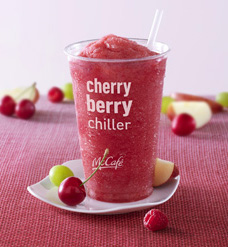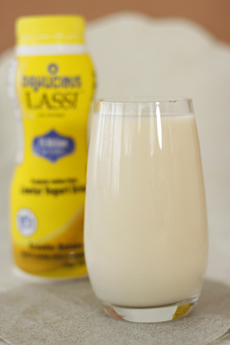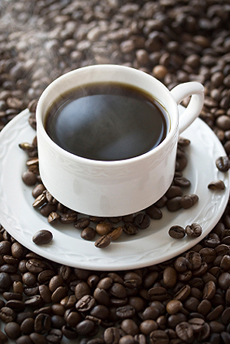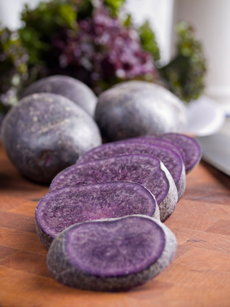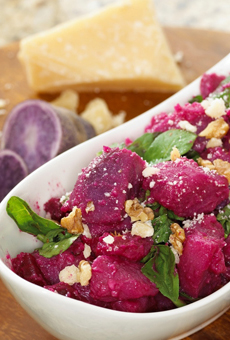The study followed 41,934 men for 12 years and 84,276 women for 18 years. Men who reported drinking more than six cups of regular coffee per day cut their risk of developing type 2 diabetes buy 50%, when compared to non-drinkers. Women cut their risk by nearly 30%. Decaffeinated coffee drinkers also showed benefits, but to a lesser extent.
Yet a recent study at the University of Minnesota School of Public Health supports consumption of decaf. It followed more than 28,000 postmenopausal women for 11 years. Those who drank at least six cups of coffee daily, particularly decaffeinated, had a 33% lower risk of type 2 diabetes than non-drinkers.
More than half of Americans drink coffee everyday, according to the National Coffee Association. In fact, coffee is the number one source of antioxidants in the U.S. diet, according to a study by researchers at the University of Scranton.
What’s In The Coffee That Protects Against Type 2 Diabetes?
Researchers haven’t pinpointed the magic bullet as of yet. But both regular and decaffeinated coffees contain a high amount of the antioxidants chlorogenic acid (one of the compounds that provides coffee’s flavor) and magnesium. These ingredients can improve the body’s sensitivity to insulin and may help lower the risk of type 2 diabetes.
So should you put on the coffee pot and drink another few cups? Only if you were going to do it anyway.
Says Sue McLaughlin, RD, CDE, president of health care and education at the American Diabetes Association, “More study is needed to determine why and how the study results occurred and to determine recommendations going forward.”
She also notes that just one 6-ounce cup of regular coffee contains 103 milligrams of caffeine, a substance “that has been shown to increase blood pressure in some individuals.” (That’s a very small cup! At Starbucks a Tall is 12 ounces, a Grande is 16 ounces and a Venti is 20 ounces). Heavy coffee consumption also may increase cholesterol levels.
What Does This Mean For You?
Speak with your healthcare provider, of course. But most people can keep drinking coffee in amounts they enjoy. There’s probably no reason to feel guilt over having an extra cup or two: It just may be good for you.
How Much Do You Know About Coffee?
Check out our informative Coffee Glossary.
|

